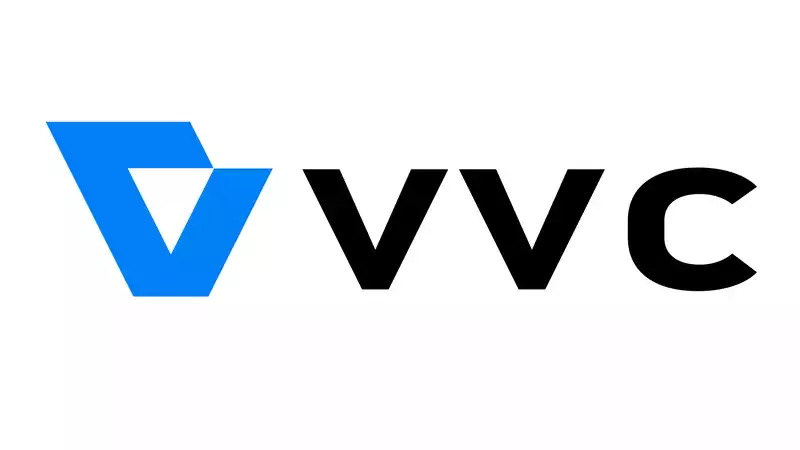Video coding efficiency is about to improve significantly. Fraunhofer HHI has officially announced the H.266 (Versatile Video Coding: VVC) standard, which offers a 50% improvement in compression ratio over H.265 (HEVC).
In short, it is a new, more efficient coding standard that reduces data consumption by about half compared to the current H.265 standard, while maintaining perceived visual quality. Essentially, it allows for more bang for the bit, providing higher resolution video and higher quality content without consuming huge amounts of data. [For example, if H.265 requires 10 gigabytes of data to transmit 90 minutes of UHD video, H.266 requires only 5 gigabytes. [Benjamin Bross, head of the Video Coding Systems group at Fraunhofer HHI, said, "After nearly three years of development of this standard, we are proud to have contributed to the development of H.266/VVC. The dramatic increase in coding efficiency offered by H.266/VVC will further expand the use of video around the world, and we look forward to working with the H.266/VVC team to help make that happen. Furthermore, the increased versatility of H.266/VVC will make it more attractive for use in a wide range of applications related to video transmission and storage."
Such broad applications include high-resolution 360° video panoramas and 8K video content. [According to the company's press release, new chips capable of accelerating this new standard are already in development, and its partners include Intel, Microsoft, and Sony.
So when will we be able to take full advantage of the dual-efficiency H.266 standard? It will take time for that hardware to come into common use, and even the software will need to be gradually adopted by the industry as a whole.
That is, if it is widely adopted. There are many video standards that believe it is the future of the Web, including AV1, founded by the Alliance for Open Media as an open, royalty-free format. At present, H.264 and H.265 have a stronger foothold, no doubt, but who knows what the future holds for H.266 vis-à-vis AV1.


Comments